On a recent Swiss mechanical keyboard meetup I found out about this very nice, minimal split keyboard design. It consists of two identical 10x10cm PCBs (designed so that one of them is flipped) and Kailh chockolate switches, plus two venerable Arduino Pro Micros. I bought a set of PCBs there and here I am now, assembling it.
The original credit goes to llarbogey.
 deʃhipu
deʃhipu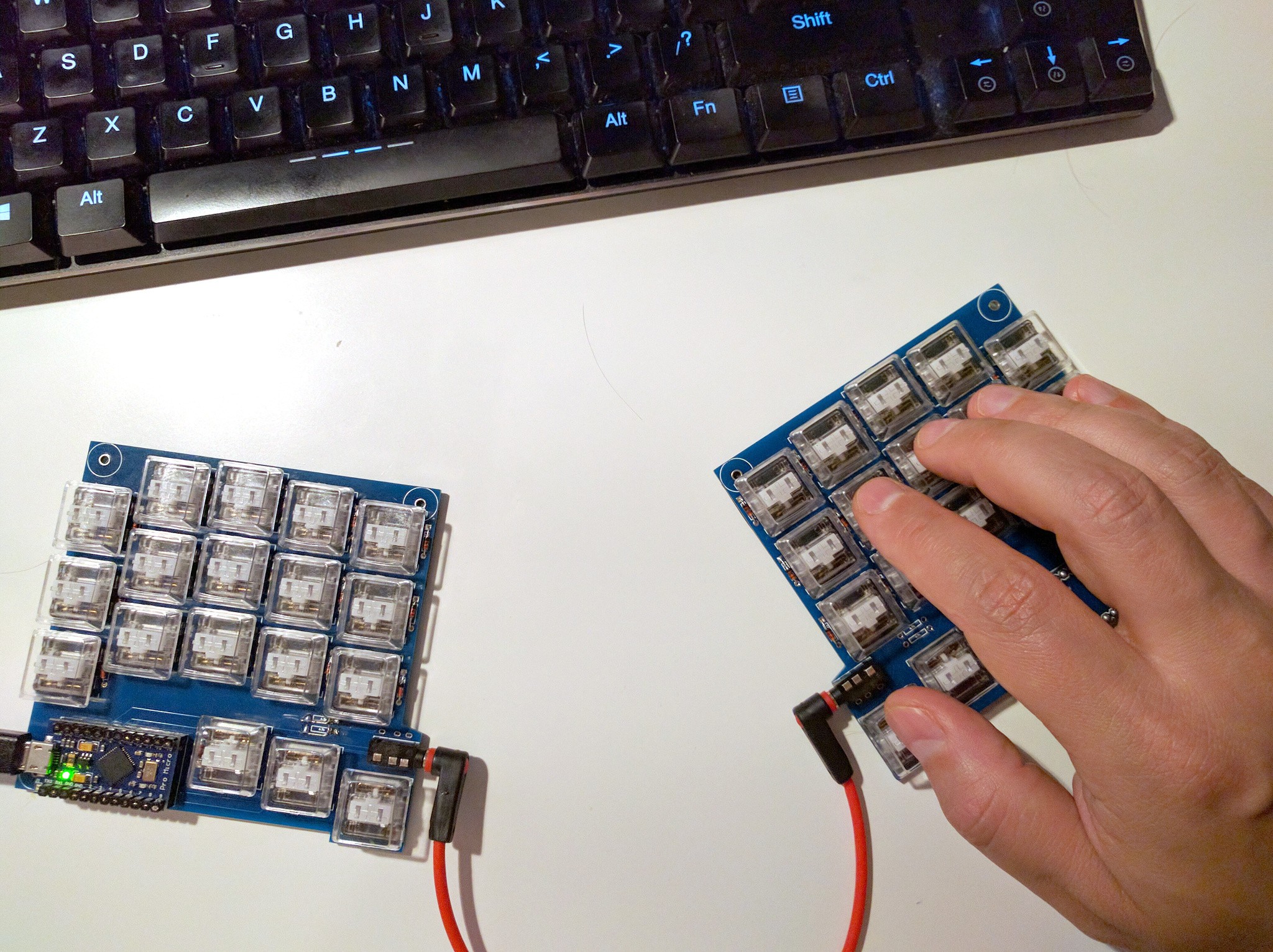
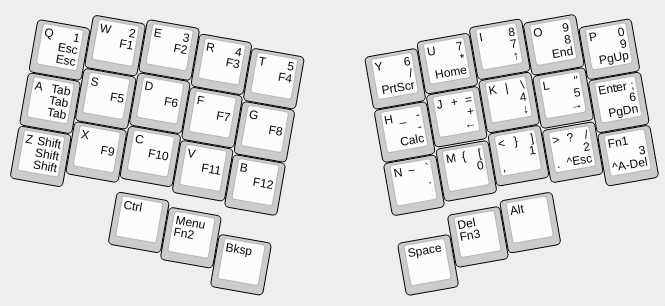
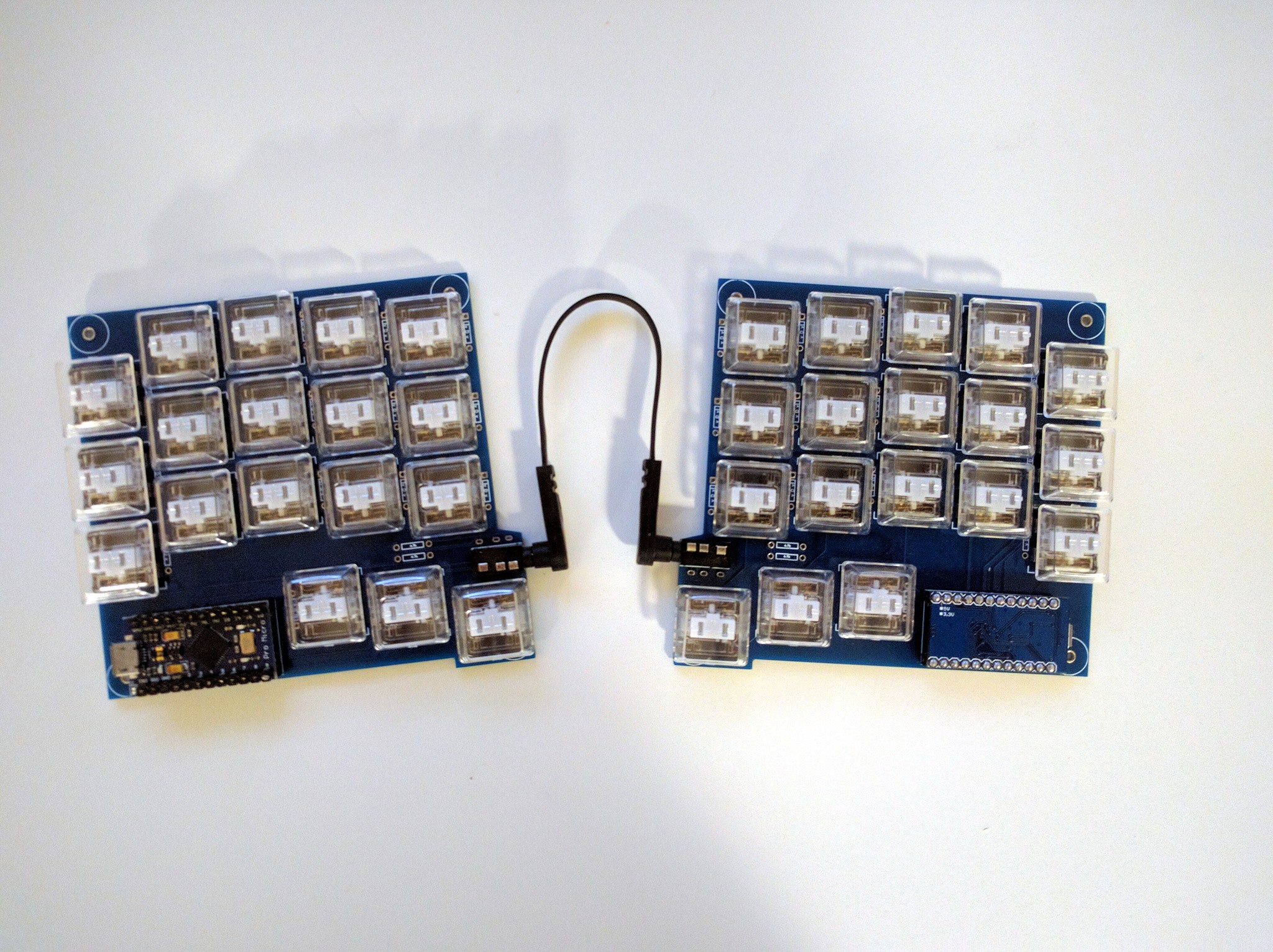

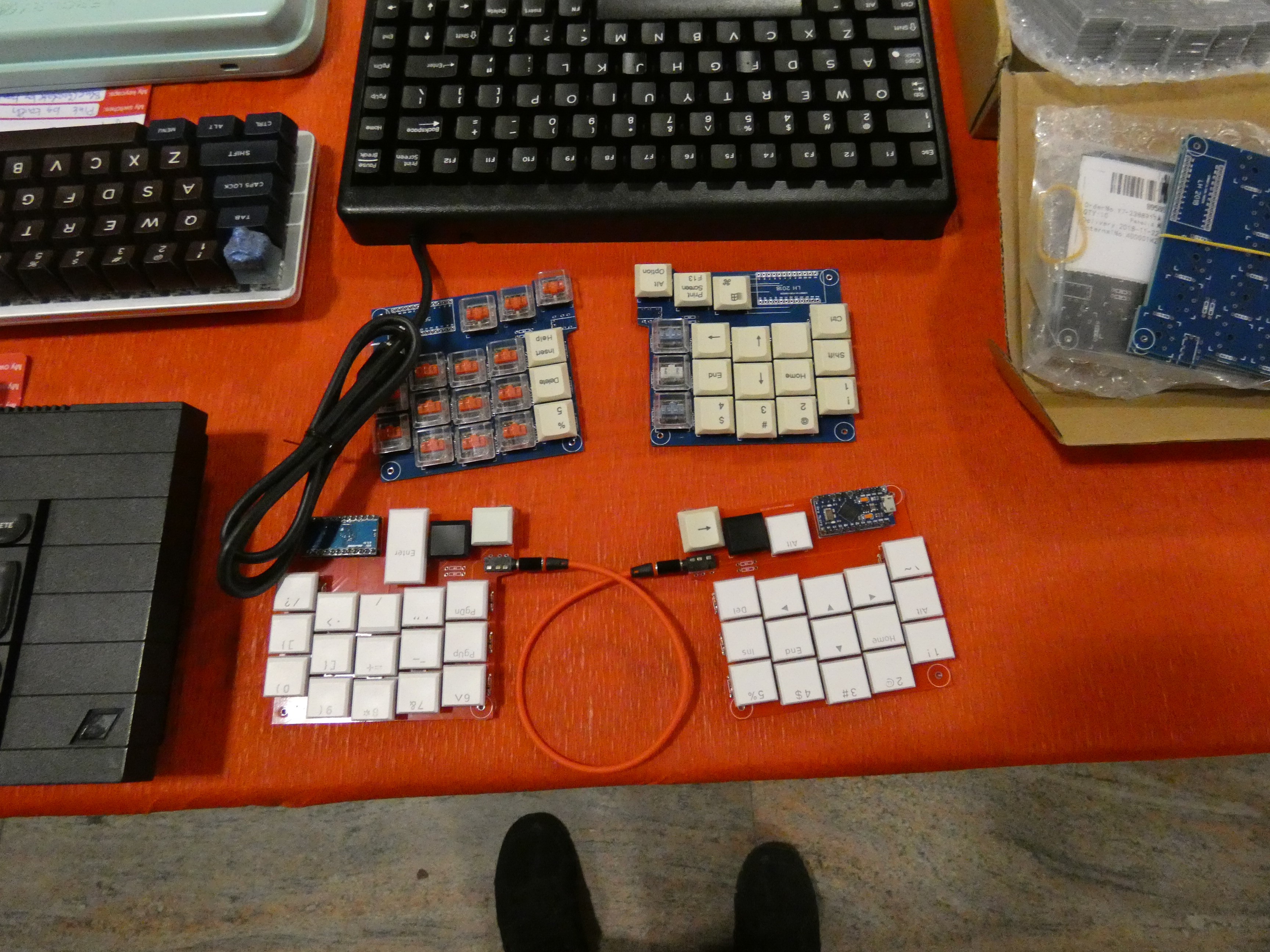
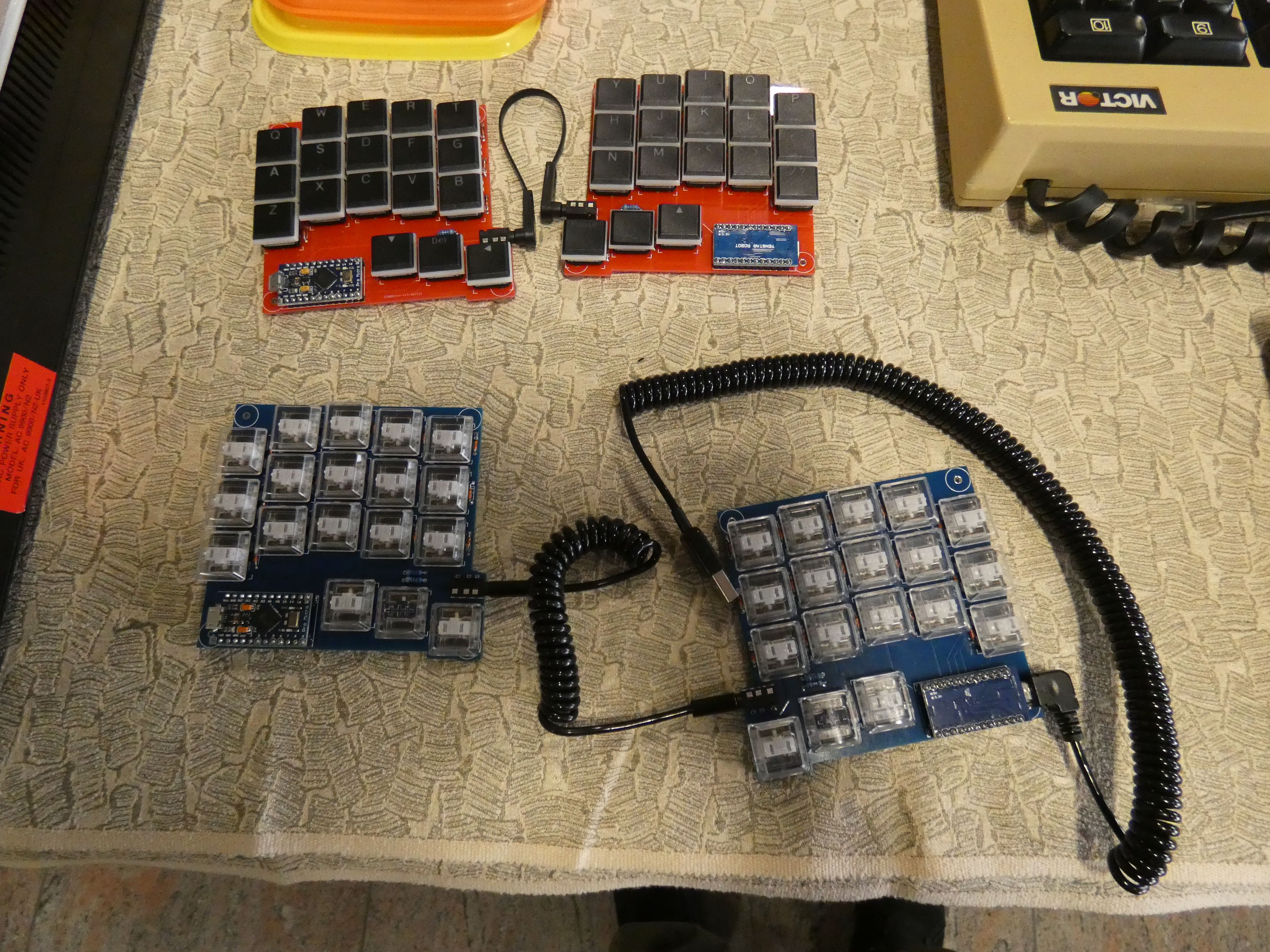
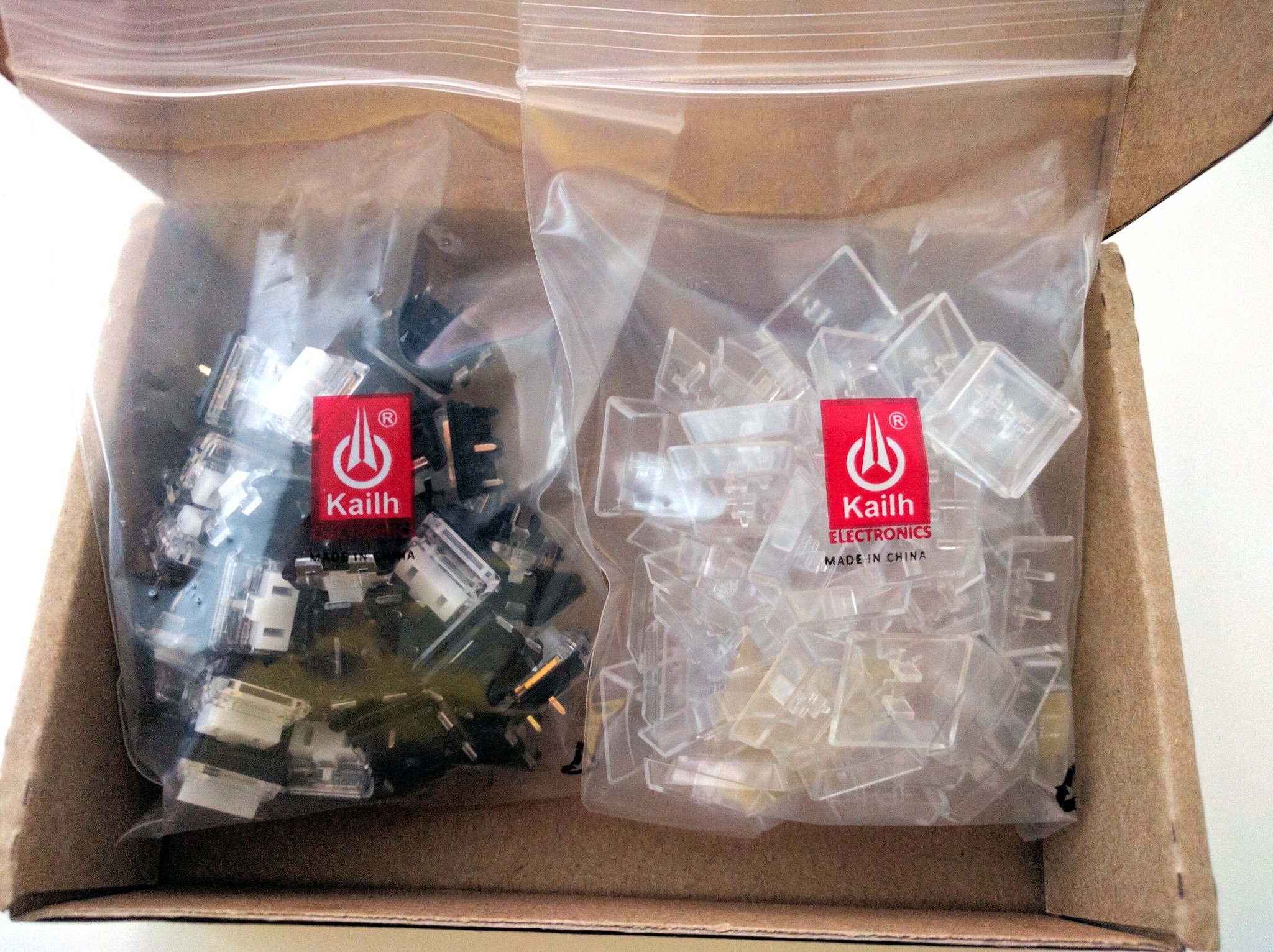





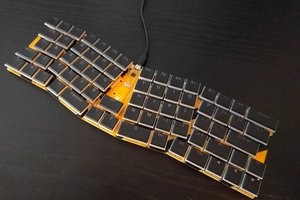
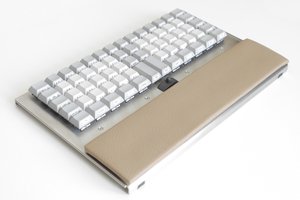
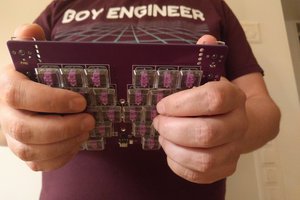
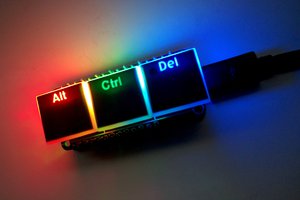
hi there, i know this post is a little old, but really hope you can give me a hand here
i'm trying to compile the 5plit with qmk, both on linux and windows, and i'm having an error i don't have idea how to fix it
first saying
No layout defined in the keyboard.h or info.json
then "fatal error: pro_micro.h: no such file or directory"
i looked on qmk files and found pro_micro.h, tried to copy those files to the 5plit folder
but after doing that still getting more errors